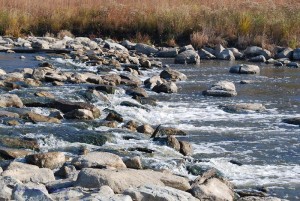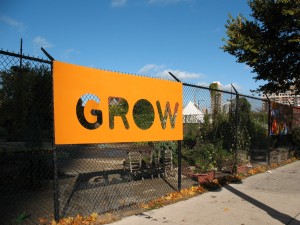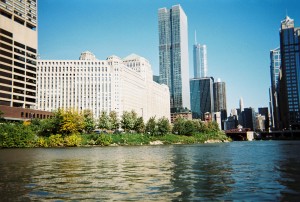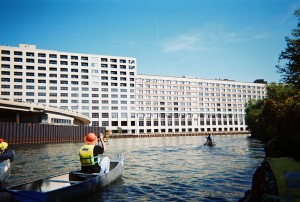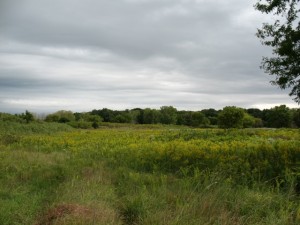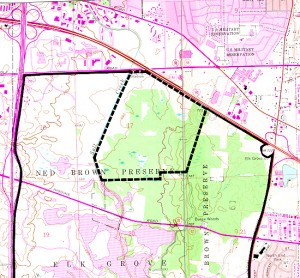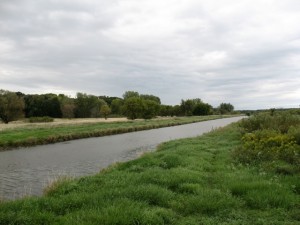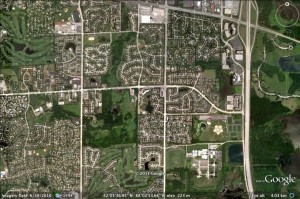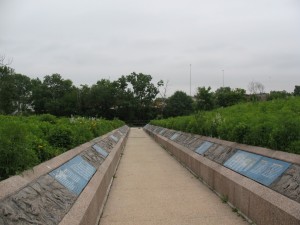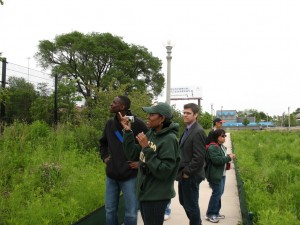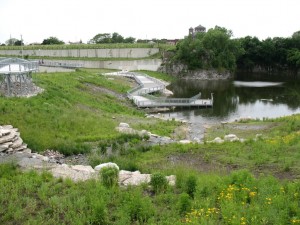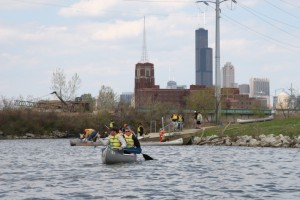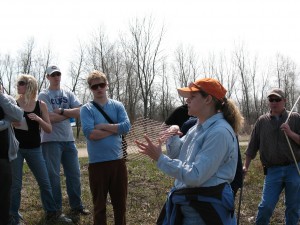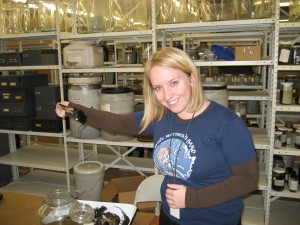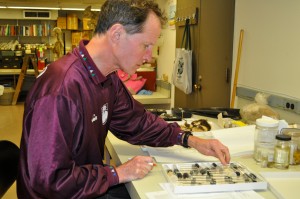Looking for a cool sustainability-themed internship opportunity here in downtown Chicago? Want to hone your research and writing skills in a professional context, while furthering the progressive goals of a local environmental organization? The Alliance for a Greener South Loop (AGSL), an environmental advocacy non-profit dedicated to improving and encouraging green practices in the South Loop neighborhood of Chicago, is seeking an intern this winter/spring to work on the following:
- Research/document local resources to support green efforts (e.g., buying electricity in Illinois’s open market)
- Writing up best practices locally (business, residential, and/or institutional) using input from AGSL award applications and further research as needed
- Answering questions received by residents, organizations, and companies about green practices such as green roof planning/installation, wind turbines, and composting
- Generating community engagement through developing online surveys about, for example, green purchasing attitudes and patterns about paper, electricity, etc.
- Developing ideas to support individual and collective behavioral change and creating a voice to influence local policy decisions related to sustainability
Application Deadline: 1 February 2012
Internship Requirements:
The application process for this internship is competitive, as strong writing, research, time management, and deadline-meeting skills are a must. Knowledge about current environmental issues and sustainability practices (such as those covered in RU’s SUST curriculum) is important, as well. Experience analyzing data and/or developing information for websites is desirable, though not required. Current RU undergraduates may apply; preference is given to Sustainability Studies majors. Applicants should have sophomore standing, at least one SUST course with a grade of B or better, and a minimum cumulative 3.0 GPA.
Workload / Hours / Academic Requirements:
The selected intern will be supervised by Ms. Gail Merritt of the AGSL, with academic support/direction by Professor Mike Bryson in the Sustainability Studies program. The basic work requirement is a minimum of 10 hours per week for twelve weeks (120 hours total) of on-task work at the AGSL, some of which may be completed off-site (depending upon the intern’s school/work schedule). Other requirements include submitting weekly timesheets to the on-site supervisor and faculty instructor; holding 2-3 meetings with the instructor to discuss the progress of the internship; keeping an informal weekly journal of notes and reflections summarizing that week’s work; and submitting a final research paper (7-10pp) that synthesizes reflections on the internship experience within the context of a sustainability issue(s) of particular interest to the student.
This internship is unpaid but may be taken for SUST 350 course credit (Service & Sustainability, 3sh, pre-req ENG 102). SUST majors may use this class as a major requirement, relevant elective, or general elective; non-majors may use it as elective credit. The successful applicant may register for SUST 350 as a “course by arrangement” for the Spring, Summer, or Fall 2012 semesters. Regardless, the internship would begin in early February, 2012.
Application Deadline: 1 February 2012
To apply, send an email application to Professor Mike Bryson (mbryson@roosevelt.edu) that includes the following:
- Your name, contact information, student ID, RU major, and previously completed SUST courses (semester and grade noted)
- Personal statement indicating your interest in the internship experience (500 words max)
- Work availability (days/times), assuming a ten-hour/week commitment with flexible scheduling possible
- A writing sample of two graded RU essays, with class/instructor/date noted (attached to your email as Word or PDF documents)
For More Information
Contact Mike Bryson (mbryson@roosevelt.edu; 312.281.3148 office; 815.557.3153 cell) and/or check out the Alliance for a Greener South Loop website.

